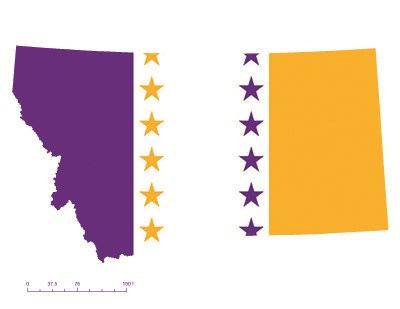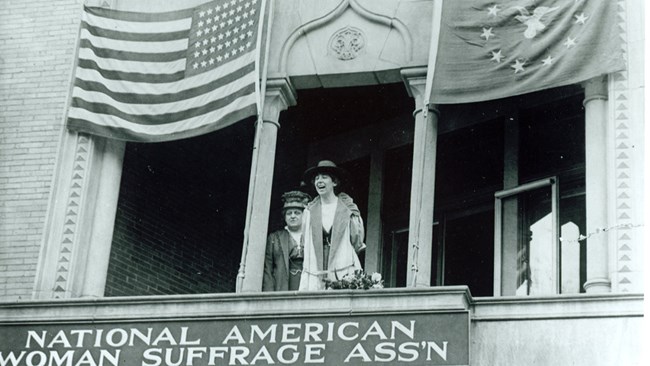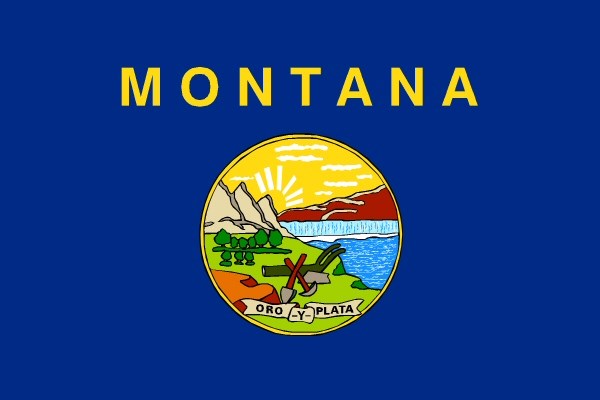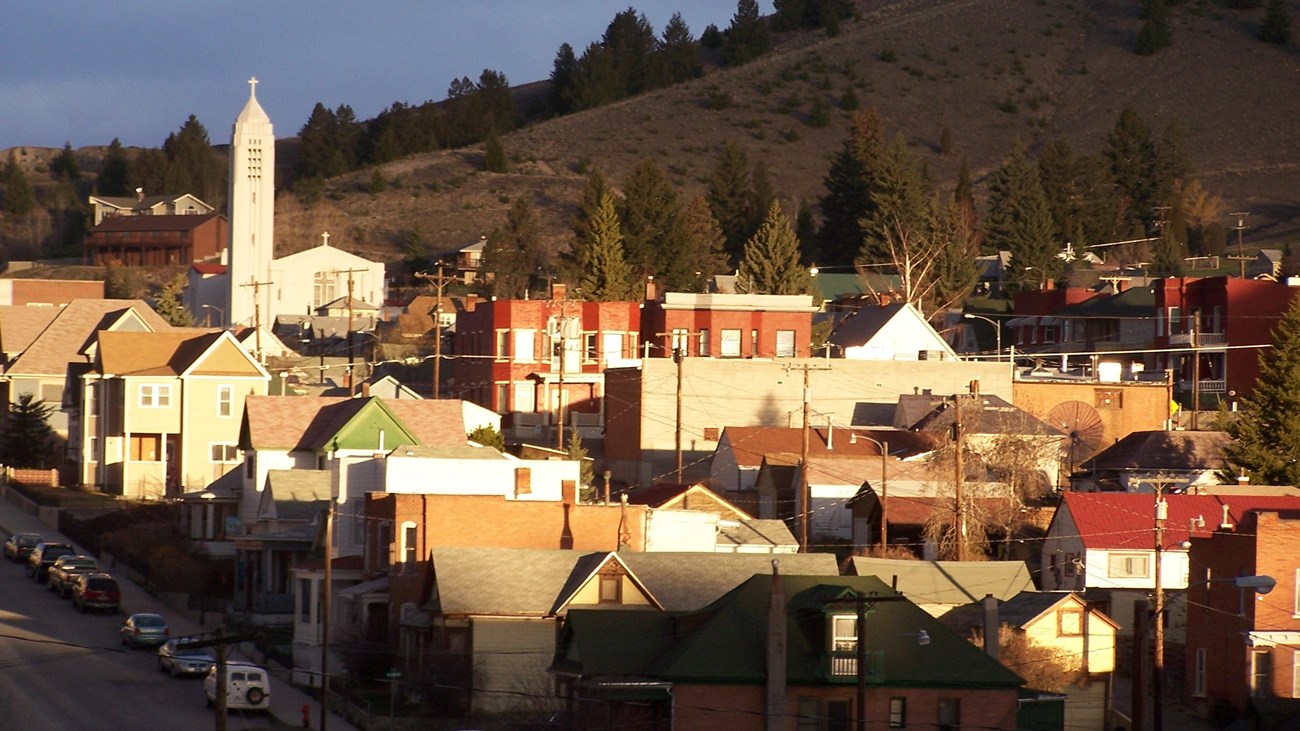Last updated: August 9, 2019
Article
Montana and the 19th Amendment

CC0
Women first organized and collectively fought for suffrage at the national level in July of 1848. Suffragists such as Elizabeth Cady Stanton and Lucretia Mott convened a meeting of over 300 people in Seneca Falls, New York. In the following decades, women marched, protested, lobbied, and even went to jail. By the 1870s, women pressured Congress to vote on an amendment that would recognize their suffrage rights. This amendment was sometimes called the Susan B. Anthony Amendment and would eventually become the 19th Amendment.
The amendment reads:
"The right of citizens of the United States to vote shall not be denied or abridged by the United States or by any state on account of sex."

Library of Congress
On July 30, 1919, the Montana legislature voted to ratify the 19th Amendment. The governor certified the ratification on August 2, 1919. By August of 1920, 36 states (including Montana) had ratified the amendment, ensuring that across the country the right to vote could not be denied based on sex.

Montana Places of Women's Suffrage:
Butte Historic District
In July, 1914 suffragists in Butte, Montana organized a demonstration at the corner of Broadway and Main Streets. Speakers included Rosalie Jones, Ida Craft, and Jeannette Rankin. Butte was also the headquarters of the Montana Equal Suffrage State Central Committee. Butte is listed on the National Register as a Historic District.

The Butte Historic District is an important place in the story of ratification. It is listed on the National Register of Historic Places.
